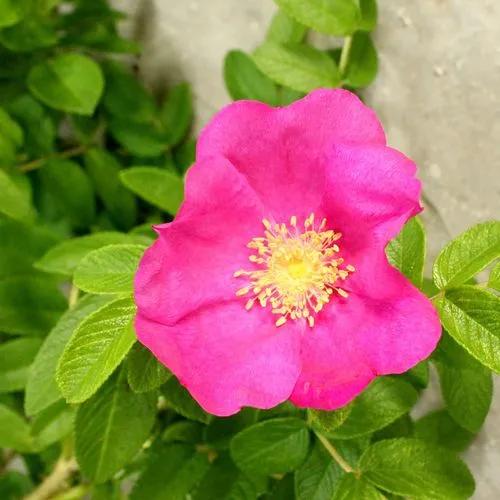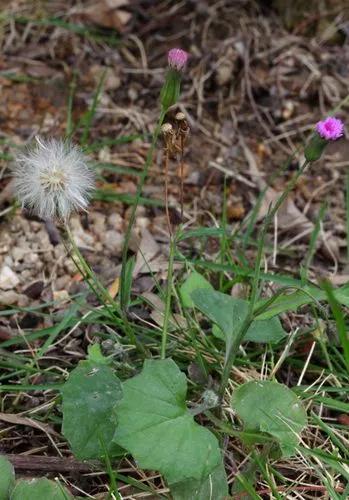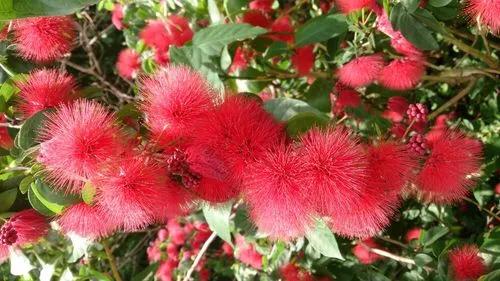Araujia sericifera is a perennial vining plant in the genus Araujia, of the family Apocynaceae. The species was described in 1817 by the Portuguese botanist Félix Avelar Brotero. The synonym Araujia hortorum is in more frequent use in New Zealand.
Peruvian-creeper Care
Araujia sericifera



Araujia sericifera is a creeping vine that can climb up to 5–7 metres (16–23 ft) high. When broken it releases a milky, smelly exudate. Leaves are opposite, dark green, glossy and quite fleshy, almost triangular, with entire margins, about 10–12 centimetres (3.9–4.7 in) long. The fast-growing vines can cover a tree canopy in two or three years, competing with the tree for light, water, and nutrients. They damage trees by this competition and by twining so tightly around their branches that it girdles them. The plant is native to South America. It was introduced to Europe and other areas as an ornamental plant, but it is now considered a noxious weed. Invasive in California and South Africa.
How to Care for the Plant

Water

The plant needs regular watering during the growing season.

Sunlight

It requires a sunny position.

Soil

The plant prefers a good loamy soil but succeeds in any fertile soil.

Temperature

The plant can be grown in the areas with the lowest winter temperatures of −12.2°C (10°F). The young growth in spring, even on mature plants, is frost-tender.

Popularity

1,928 people already have this plant 278 people have added this plant to their wishlists
Discover more plants with the list below
Popular articles






